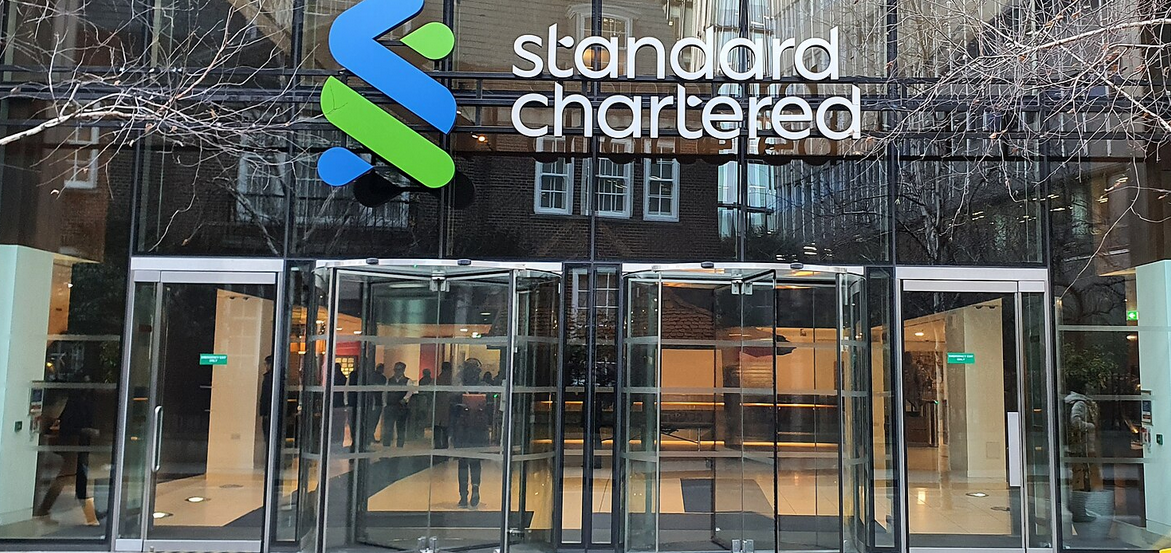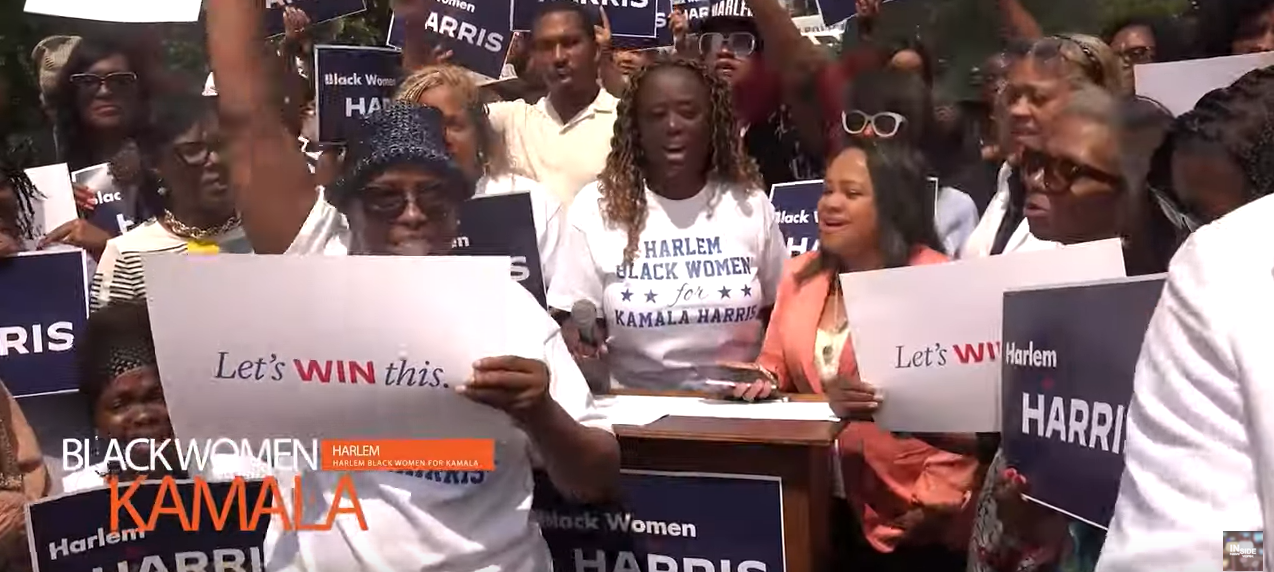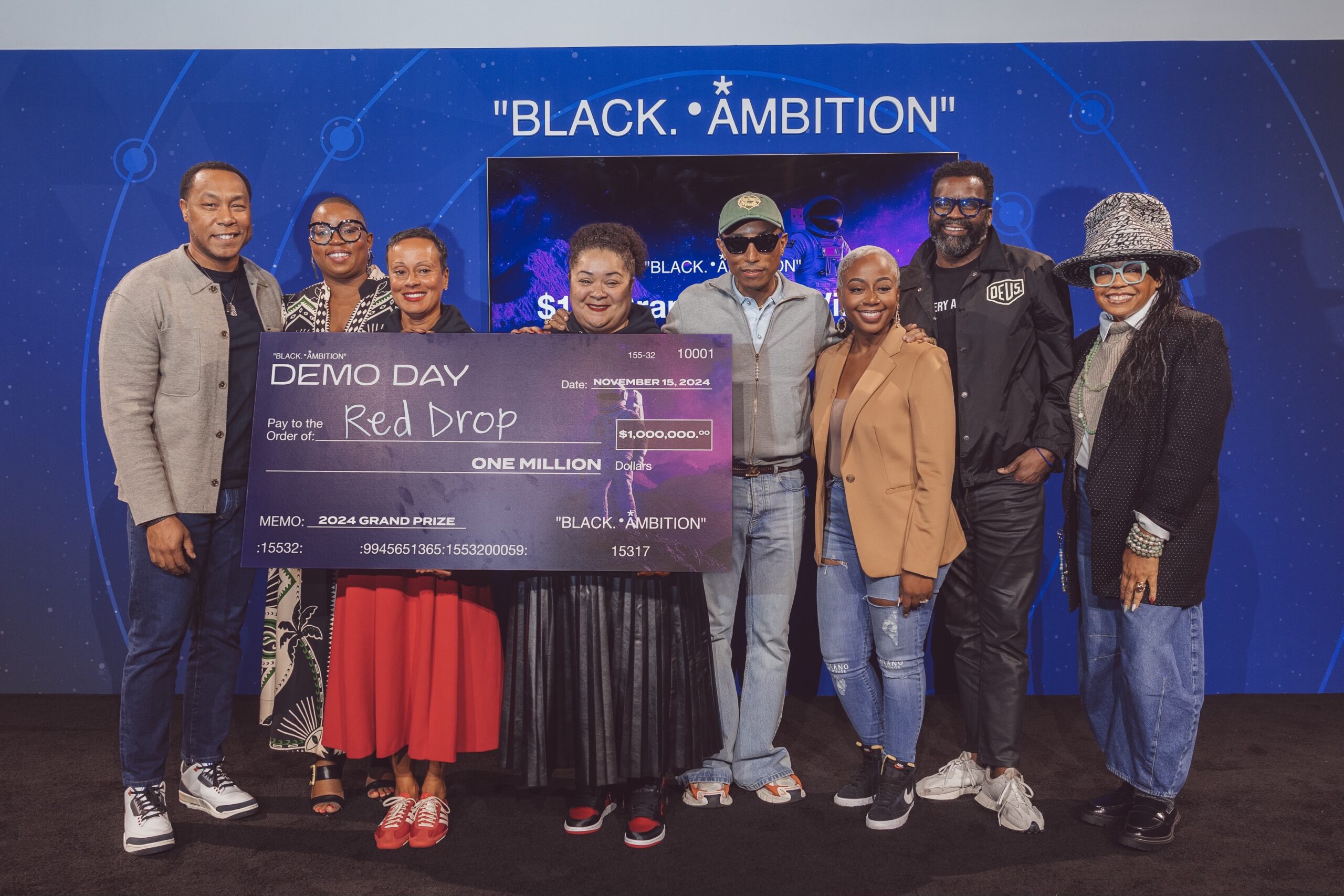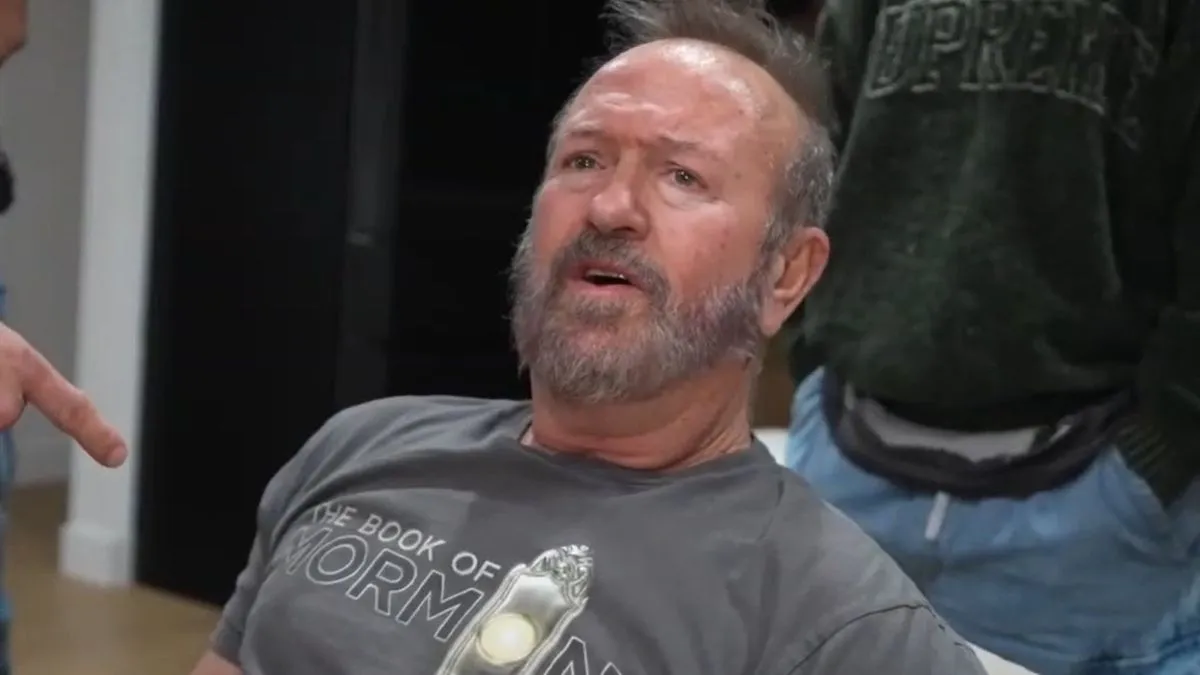Part one of a three part series
Arts professional and nonprofit CEO Grace C. Stanislaus is encouraged by the very existence of museums and cultural centers such as the National Museum of African American History and Culture, The Studio Museum in Harlem, the California African American Museum, the DuSable Museum of Art, the Charles H. Wright Museum of African American History, The Reginald F. Lewis Museum of Maryland, and the Museum of the African Diaspora (MoAD).
With 20-plus years experience directing and building arts institutions Stanislaus shares her perspective on African American arts and culture institutions and philanthropy:
“Self-empowerment is one among many strategies people of African descent have employed to ensure our survival in the New World. This includes the creation of museums and cultural centers that document, recognize and celebrate the art, culture, history and contributions of African Americans. These institutions, many of which were established as a result of public/private partnerships, bear testimony to the hard battles fought to bring dreams to fruition.”
“I consider the existence of these institutions remarkable especially in light of the history of enslavement, oppression, discrimination and economic, social, cultural and political disenfranchisement,” Stanislaus says. “But not so remarkable in the context of a parallel history, dating back to the 18th century, of civic and charitable giving that supported and in turn generated support from mutual aid societies, the Black Church, and fraternities and sororities.”
She reminds us of the important role historically Black colleges and universities have played. “HBCUs such as Clark Atlanta, Hampton, Howard, Fisk, North Carolina Central and Tuskegee, played significant roles in establishing galleries and museums to house, preserve, interpret, display, and celebrate African American art, artists, and cultural achievements,” she explains.
When asked about the future of these arts institutions Stanislaus recommends an internal examination and a close look at external funding realities: “We need dynamic visions and robust programs that engage diverse constituencies. Staff and board leaders need to ask questions that can reveal best practices. These include: Are our organizations and programs relevant and of interest to our local communities? Do we advocate effectively within our communities for the value that we add? Are we building loyalty?”
All the questions need to be addressed honestly.
“Are our program offerings broad in ways that engages diverse, cross cultural audiences?” Stanislaus continues. “Are we allocating sufficient resources to market and promote and to raise funds for our museums and programs? Are we investing in the professional development of our staff? Have we found the right balance between our scholarly mission and our commercial interests? Do we have a strategic plan, program plan and business plan that guide our decisions and the allocation of our resources?”
The mission, values and vision have to be clear and must be effectively communicated to the community and stakeholders, she adds. “Do we have a succession plan for the executive and the board leadership? This particular item has derailed the progress forward of many of our cultural organizations.”
Contact Grace C. Stanislaus at [email protected]
Next week in this series: Limited resources and support of the arts
Copyright 2013 – Mel and Pearl Shaw
Mel and Pearl Shaw are the authors of Prerequisites for Fundraising Success. They position nonprofits for fundraising success www.saadandshaw.com








